You realize from your experience that creating a successful product isn’t just about experimenting with random ideas, but requires designing a solution to fulfill a need that enriches your customers’ lives.

To ensure that your product meets your customers’ needs, you’ll need to understand your customers beyond passive observation by actively engaging with them. Yet, with potentially thousands and even millions of customers, how can you effectively connect with each one?
In this article, you’ll learn what customer feedback tools are, the best ones, and how to effectively implement them within your product team.
A customer feedback tool is a software solution or platform designed to collect, analyze, and manage feedback from customers regarding their experiences with a product, service, or brand. These tools enable businesses and teams to gather insights directly from customers, helping them understand customer sentiment, preferences, and pain points.
Customer feedback tools vary according to their applications, but typically include features such as surveys, feedback forms, sentiment analysis, and data reporting capabilities that are built to help businesses make data-driven decisions and improve their products based on customer input.
Customer feedback tools are essential components of a well-rounded strategy to understand and improve customer experiences. Sure, you may already deploy traditional feedback methods like surveys or you could even go a step further and regularly review customer support interactions with an aim to spot areas of improvement or new feature ideas, but why not adopt a more proactive approach?
Here’s a breakdown of seven key types of customer feedback tools and their roles in gathering valuable insights:
Deciding which of these feedback tools you can fully and effectively use will depend significantly on how mature your organization’s customer experience structure is. In fact, the optimal approach to collecting, analyzing, and utilizing customer feedback in your product will require a combination of at least a few, if not all, of the various feedback tools described above.
To help you select the most appropriate customer feedback solution(s) for your organization or team, the table below highlights the various customer feedback tools, compares their suitability and provides examples of providers for each tool:

Now, you’re likely wondering, “What functionalities should I prioritize when selecting a customer feedback tool for my organization or team?” To help you make a decision, here are the functionalities you should look for to ensure effective feedback collection and analysis of customer feedback.
Look for a feedback tool that seamlessly integrates with your existing tech stack. This’ll ensure smooth data flow and avoid silos, allowing you to leverage data from multiple sources for comprehensive insights.
Opt for a tool that supports various feedback methodologies such as surveys, feedback forms, live chat interactions, social listening, and more. This versatility will enable you to gather feedback through different means, accommodating diverse customer preferences.
Choose a tool that allows you collect data from multiple customer touchpoints, including websites, mobile apps, social media platforms, emails, and offline interactions. This’ll ensure that no valuable feedback is missed regardless of where and how customers interact with your brand.
Look for robust analytics features that allow you to analyze feedback data contextually. Advanced sentiment analysis, trend identification, and text analytics capabilities will help you derive meaningful insights from raw feedback, identify patterns, and understand customer sentiments and preferences in-depth.
Prioritize a feedback tool with powerful data visualization tools that can translate complex feedback data into actionable insights. Look for features that enable you to create customizable dashboards, charts, graphs, and reports that can be easily shared across teams and stakeholders. Visual representations facilitate better understanding and decision-making based on data-driven insights.
Now, let’s take a closer look at some graphs that compare the top providers of the various customer feedback tools available in the market:
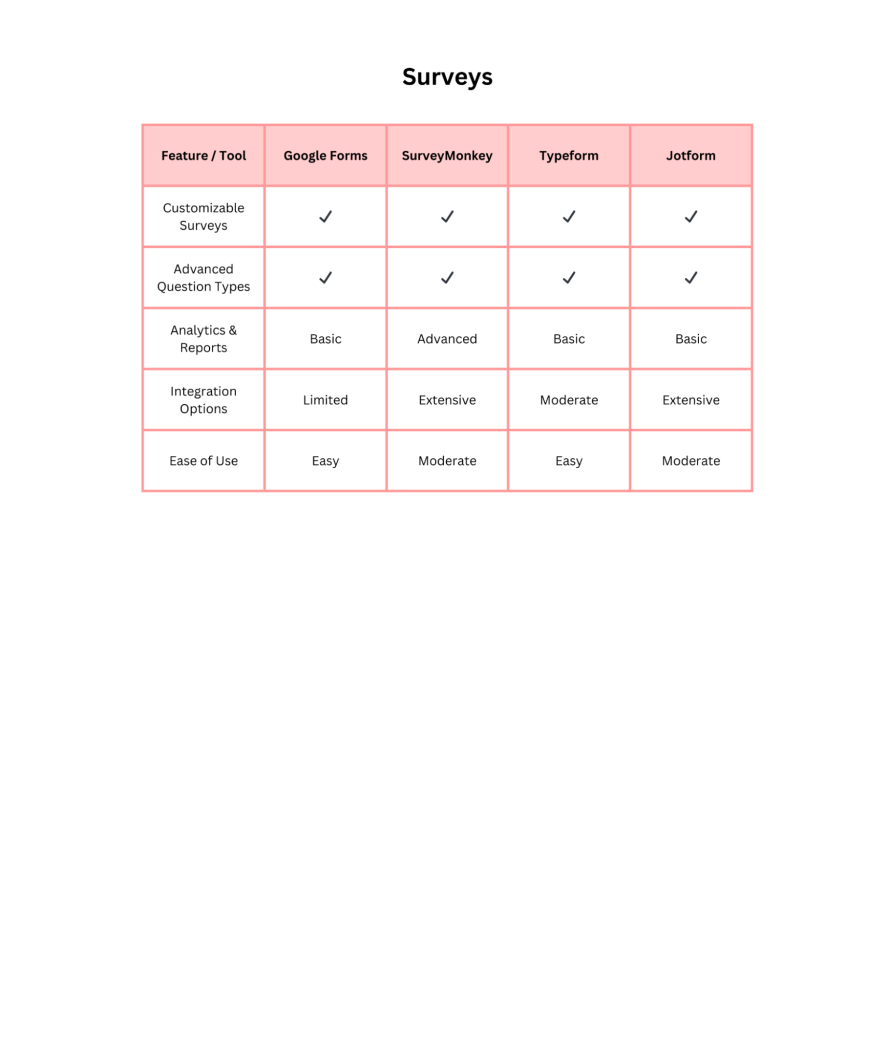

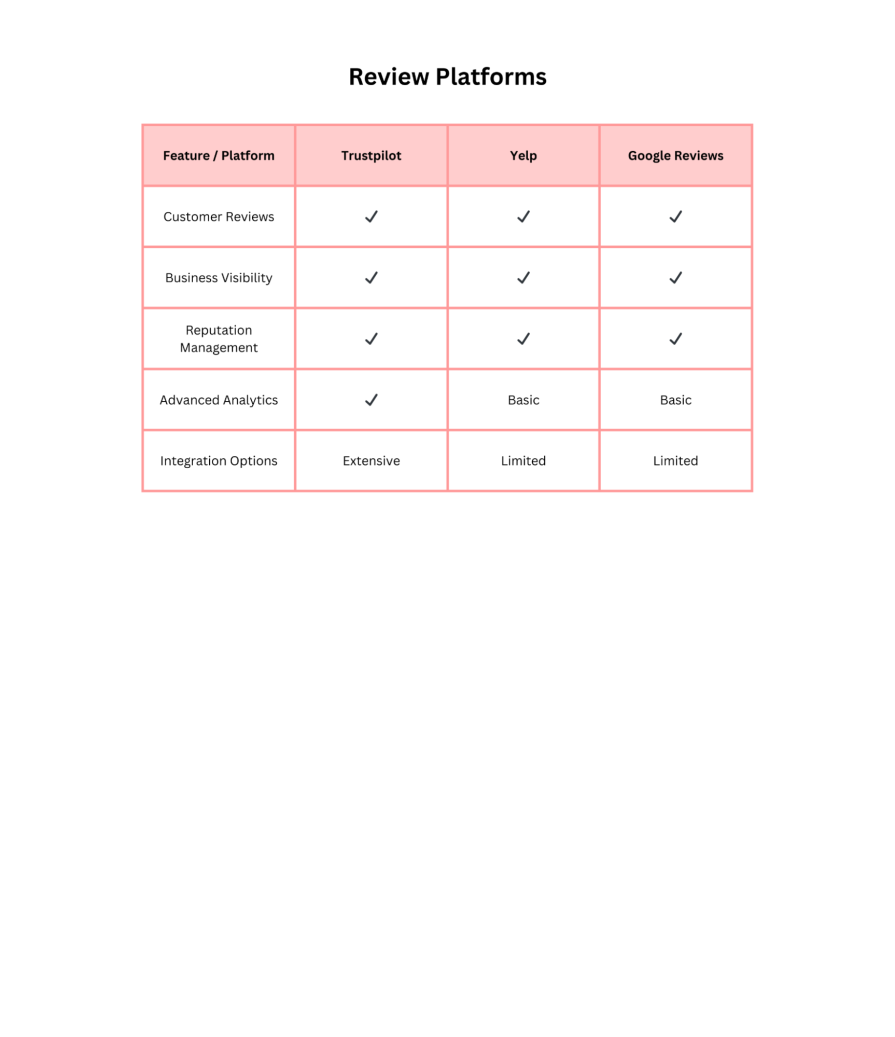
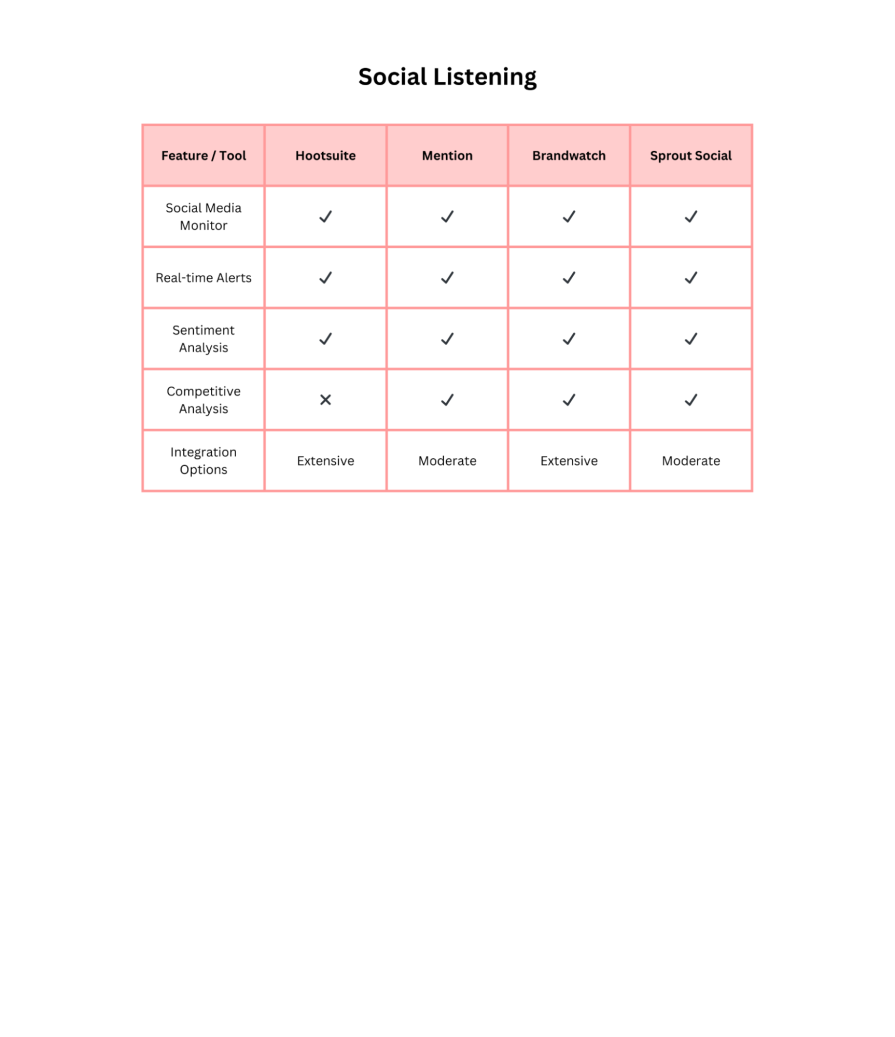
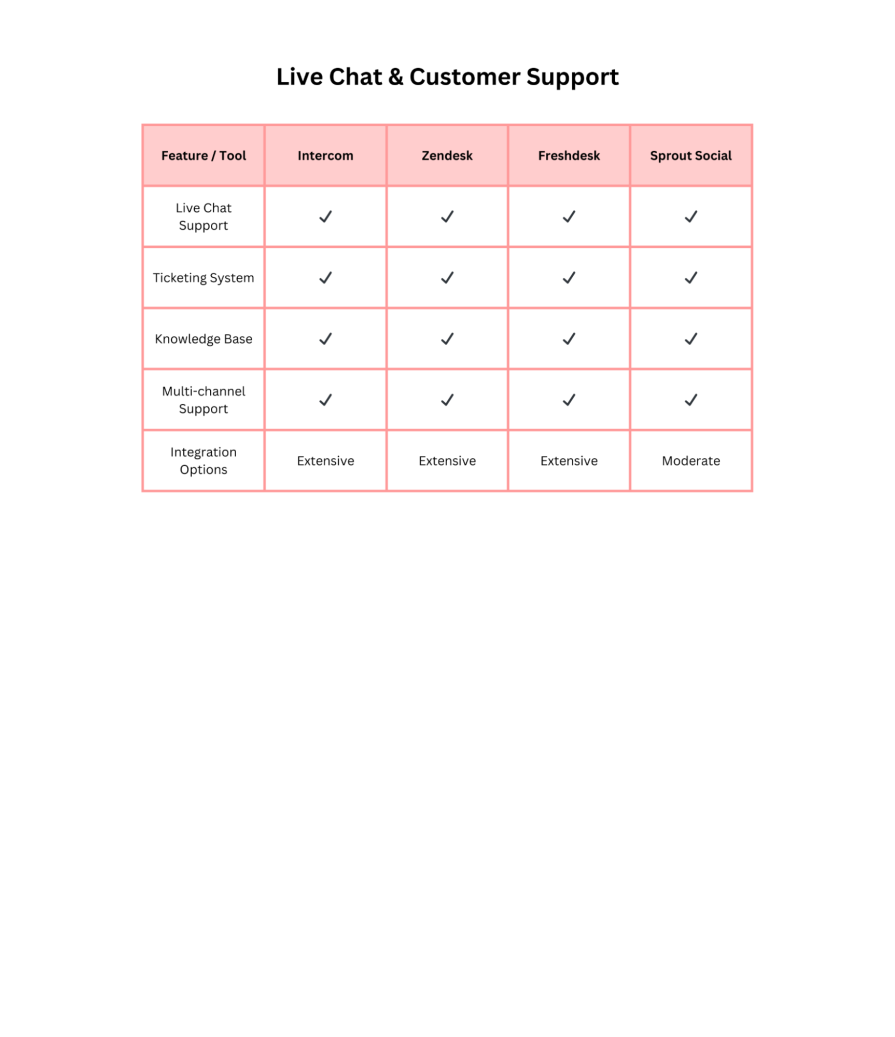
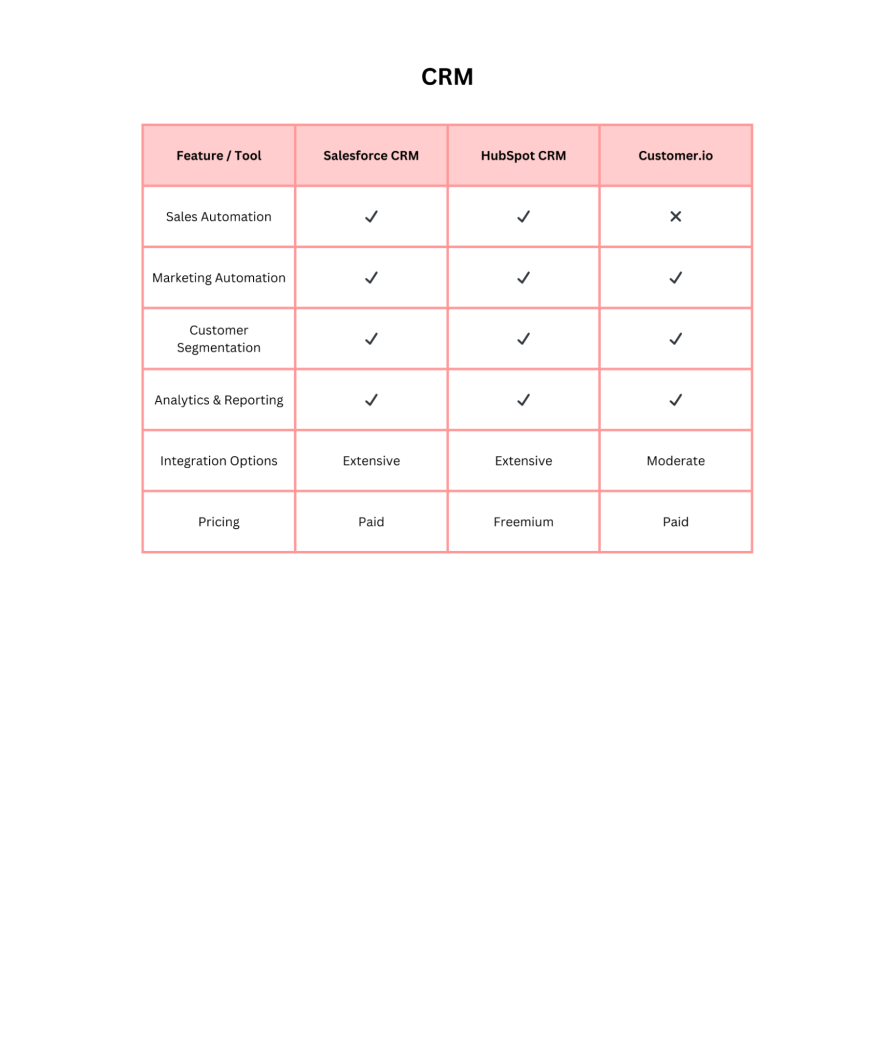
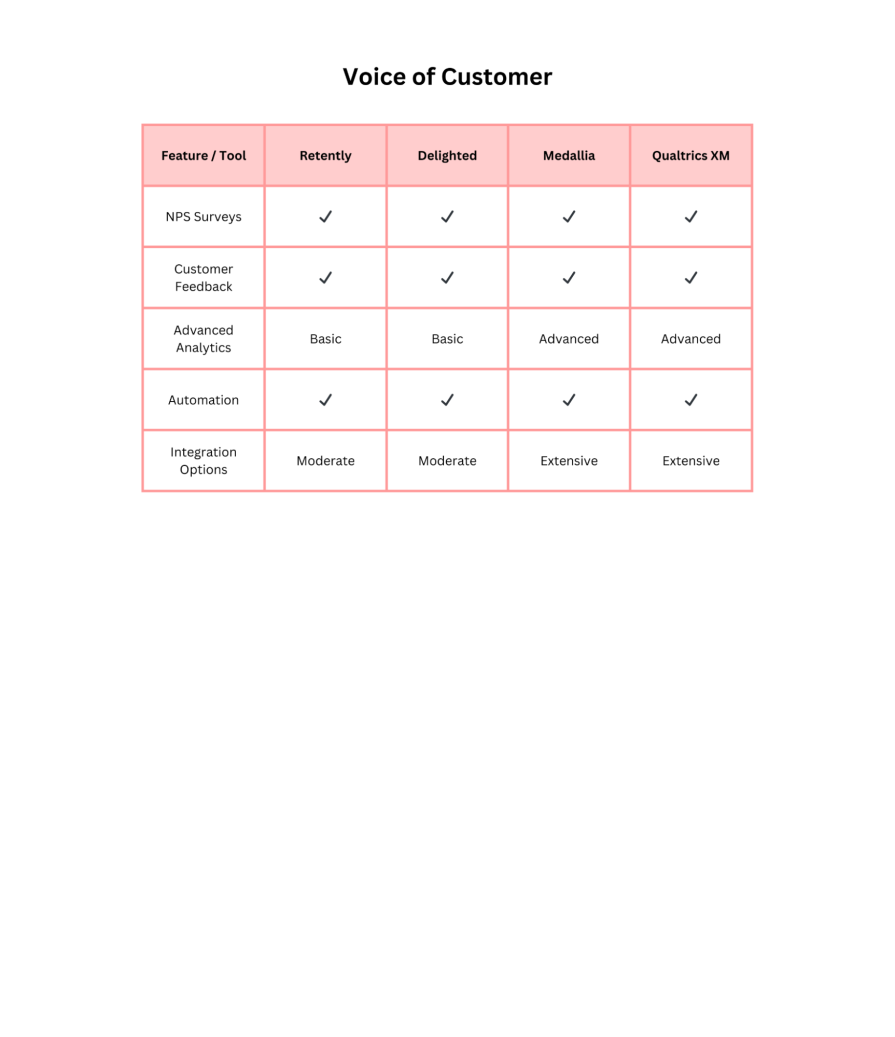
So, you’ve finally been able to select the appropriate feedback method(s) to hear from your customers, you’ve engaged the best provider(s) for your product and finally integrated the tool(s) accordingly. Now, here are some tips to help you drive proactive customer engagement.
Start by mapping out all existing interactions in your customer journey. This is easier said than done, as oftentimes, various teams will have ongoing surveys, questionnaires and interactions within the product. It’s important to align your plans with the relevant teams to streamline the various interactions in order to avoid frustrating your customers.
Once you have a birds eye view of all the feedback points and interactions, you can then request feedback at strategic points in the customer journey, such as after a successful interaction or a completed purchase. Ultimately, you should avoid asking for feedback while the customer is in the process of completing a task or during moments of frustration or inconvenience.
Simplify the feedback process as much as possible. Ensure that the tools you’re using are user-friendly, minimize the number of questions, and allow for anonymous feedback to reduce barriers to participation.
Also, be sure to reach out for feedback through various channels like email, social media, or within your app or website. This gives customers options to provide feedback in their preferred way.
This involves following up with customers after they provide feedback to let them know how their input has been used or in cases where there’s ambiguity, to ask for clarity or additional feedback. This is also a great way to recruit participants for testing of ongoing features that meet the need mentioned in a specific customer’s feedback.
You should also share updates on any changes, improvements, or solutions implemented based on their feedback. This not only shows that you value their input, but also reinforces the idea that their feedback has a direct impact on the customer experience.
Adopting a customer feedback tool for your product goes far beyond just collecting data; it’s about fostering meaningful connections with your customers in order to gain a holistic understanding of their needs. If you’re able to adopt a more customer-centric approach by leveraging the insights gleaned from customers through these tools, your organization can make better-informed decisions, improve product experiences, and ultimately drive growth through customer engagement and retention.
So, whether you’re the aforementioned star of a product manager who is striving to enhance your customers’ experiences, or even an executive who is focused on driving organizational growth, I hope you now understand how investing in the right customer feedback tool is a strategic investment in the success and longevity of your business.
Featured image source: IconScout
LogRocket identifies friction points in the user experience so you can make informed decisions about product and design changes that must happen to hit your goals.
With LogRocket, you can understand the scope of the issues affecting your product and prioritize the changes that need to be made. LogRocket simplifies workflows by allowing Engineering, Product, UX, and Design teams to work from the same data as you, eliminating any confusion about what needs to be done.
Get your teams on the same page — try LogRocket today.

Jim Naylor shares he views documentation as a company’s IP and how his teams should use it as a source of truth.

Act fast or play it safe? Product managers face this daily. Here’s a smarter way to balance risk, speed, and responsibility.

Emmett Ryan shares how introducing agile processes at C.H. Robinson improved accuracy of project estimations and overall qualitative feedback.

Suvrat Joshi shares the importance of viewing trade-off decisions in product management more like a balance than a compromise.